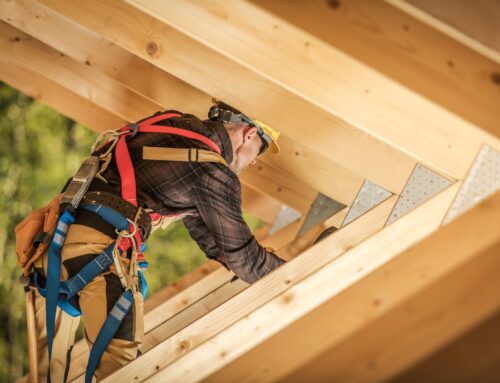The first week of 2022 offers an opportunity to stand on a soapbox and do a little bit of forecasting for the year ahead, so here goes.
Between the massive potential fines and civil liabilities for not having a safe workplace and the need to retain motivated employees, employers will focus even more attention in 2022 on workplace health and safety. If you aren’t, you should be!
In addition, with Omicron and the further spread of COVID-19, governments and private businesses are leading the way with compulsory vaccinations and policies that basically say “be vaccinated or get fired” and they are being upheld in courts even as regional governments attempt to intervene against them.
With fewer and fewer jobs without these requirements for holdouts to move onto, even anti-vaxxers will be forced to fall in line and take a jab. What’s more, fewer and fewer businesses are willing to take on independent contractors or gig workers that are unvaccinated for fear of liability and additional costs, while underwriters are exploring designating non-vaccination as a pre-existing condition that would nullify insurability.
Overall, 2021 has been a year of progress for employee rights but mounting tensions between employers and employees around changing expectations, labor shortages, supply chain issues, inflation and COVID-19 will put rights and workplace culture on the center stage for the majority of 2022.
All of those “temporary” health & safety, communication, and work flow procedures that were put into place up to 18 months ago… let’s admit it to ourselves, they’re permanent now. So how do you empower, protect and communicate with your workforce that in 2022 may be more diverse, working in hybrid arrangements, and have unique needs/wants?
Ultimately, 2022 has to be a year where we finally acknowledge that workplace safety and safety cultures aren’t just built from the top-down (for years we’ve been talking about how Safety needs to be a C-suite priority and has a positive return to the bottom-line), they have to be built from the bottom-up too. In other words, workplace health, safety and culture need to be the responsibility of everyone. Employees at every level need to take responsibility for themselves not to work in unsafe conditions without the proper training or procedures/policies in place; and have a means for communicating those concerns. What’s more, management has to take these concerns seriously and also be proactive to solicit workers input instead of simply being reactive to events or complaints (What’s the adage about prevention being worth a pound of cure… 2 years into a global pandemic and we could all use a few more pounds of cure right about now.).






